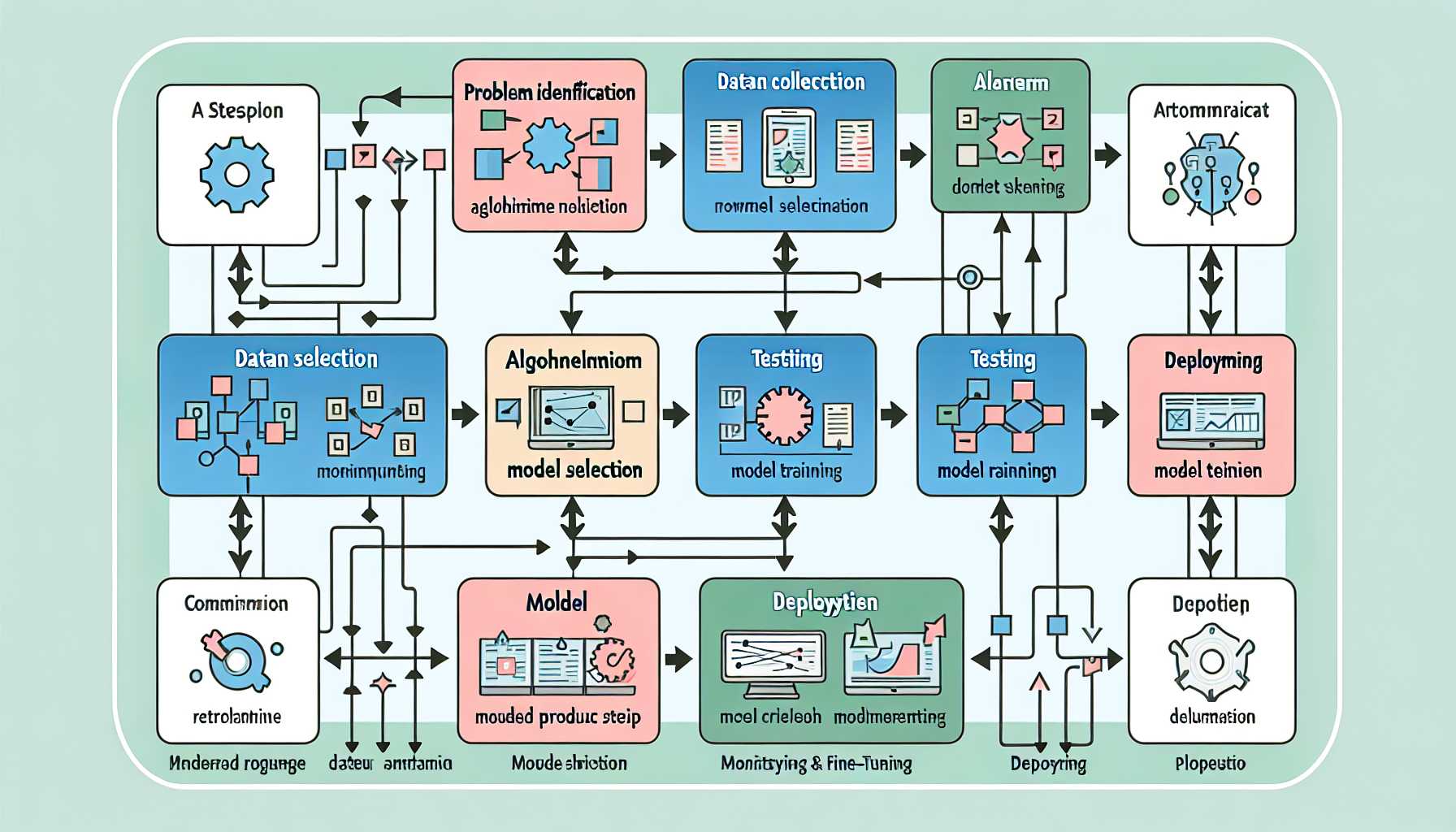As a seasoned product leader in the tech industry, I’ve been at the helm of several projects that aimed to enhance existing product features with the power of artificial intelligence (AI) and machine learning (ML). The integration of these capabilities is seldom straightforward, but with the right approach, the rewards can be substantial. In this post, I’m going to share a structured framework based on my experiences, to guide product managers through the process of integrating AI and ML into their existing products.

Understanding the AI Landscape
The first step in integrating AI into an existing product is to gain a deep understanding of what AI and ML can do for your product. AI offers a broad spectrum of possibilities, from simple automation to predictive analytics and beyond. It is imperative to start with a strategic outlook that aligns with your product’s core value proposition and the needs of your user base.
In one of my previous roles, we began by conducting a series of workshops with our data scientists to map out the AI landscape relevant to our product domain. We identified potential areas for feature enhancement and automation that aligned with our product strategy. This helped us not just to prioritize AI integration opportunities but also to manage expectations with stakeholders.
Aligning AI Integration with Product Goals
Next, it’s essential to align your AI integration efforts with clear product goals. Quantifiable objectives, such as improving user engagement by a certain percentage or reducing manual processing time, can help steer the AI integration project and measure its success.
For example, in integrating an ML-driven recommendation engine into an existing content platform, we focused on measurable metrics such as click-through rates and user time on page. By having a clear link between AI features and these metrics, we could demonstrate the value added by AI to the business.
Integration Framework
Once the objectives are clear, an integration framework can guide the nuts and bolts of the process:
1. Feasibility Study & Data Assessment
AI and ML are heavily reliant on data. A feasibility study helps to assess if you have the right kind and amount of data for the AI models. Quality, quantity, and the availability of clean, structured data can make or break your AI feature. We learned this the hard way with one integration where our data was not as clean as we thought, leading to a longer-than-expected preparation phase.
2. Prototyping & Proof of Concept
Before full-fledged development, create prototypes and conduct small-scale proof of concept trials. This ensures that the AI or ML solution indeed works with your product and provides valuable insights before investing more significantly.
During a project to integrate an AI-driven support chatbot within our customer service platform, we constructed several prototypes, tested them with real customer queries, and iterated based on performance and feedback. This saved us considerable time later in development.
3. Integration and Implementation
Once you’ve established the AI or ML feature’s viability, the actual work of integration begins. This often involves close collaboration with software engineers and possibly data science teams—adjusting product architecture, setting up the right infrastructure, and ensuring seamless data flows throughout the product’s ecosystem.
4. User Experience Design
AI features need to be intuitive. I’ve seen great AI capabilities that failed because they were not user-friendly. Therefore, involving UI/UX designers early to adapt the product design to incorporate AI features is crucial. We conducted user testing in every integration to ensure that AI enhancements felt like a natural evolution of the product.
5. Monitoring and Continual Learning
Post-deployment, continuously monitor the performance of AI features. Use a combination of user feedback, A/B testing, and performance metrics to refine and improve the AI capabilities.
An AI-powered pricing optimization feature we once integrated required constant iteration to respond to changing market conditions. It showed the importance of setting up robust monitoring and updating mechanisms upfront.
Overcoming Challenges
It’s also important to be prepared for the challenges of AI integration. Resistance to change is common, both from users and internally within the organization. We addressed this by building a strong change management and internal communication strategy that kept all stakeholders informed and involved throughout the process.
Technical challenges, such as the seamless blending of AI/ML models with existing codebases, also cannot be overlooked. For instance, our engineers had to refactor significant portions of our code to accommodate a new AI-based image recognition system.
Conclusion
Infusing AI into an existing product is a complex but worthwhile endeavor. By understanding the AI landscape, aligning integration with product goals, following a structured integration framework, and being prepared for challenges, you can not only enhance your product’s features but also gain a competitive edge in the market. Through systematic guidance and collaboration with your teams, what might seem like a daunting task can be broken down into manageable, iterative steps that lead to successful implementation and continuous improvement.
Product leaders can steer their teams to embrace AI not just as a buzzword but as a tangible asset that propels the product forward, enhances user satisfaction, and ultimately drives growth in our ever-evolving digital world.
